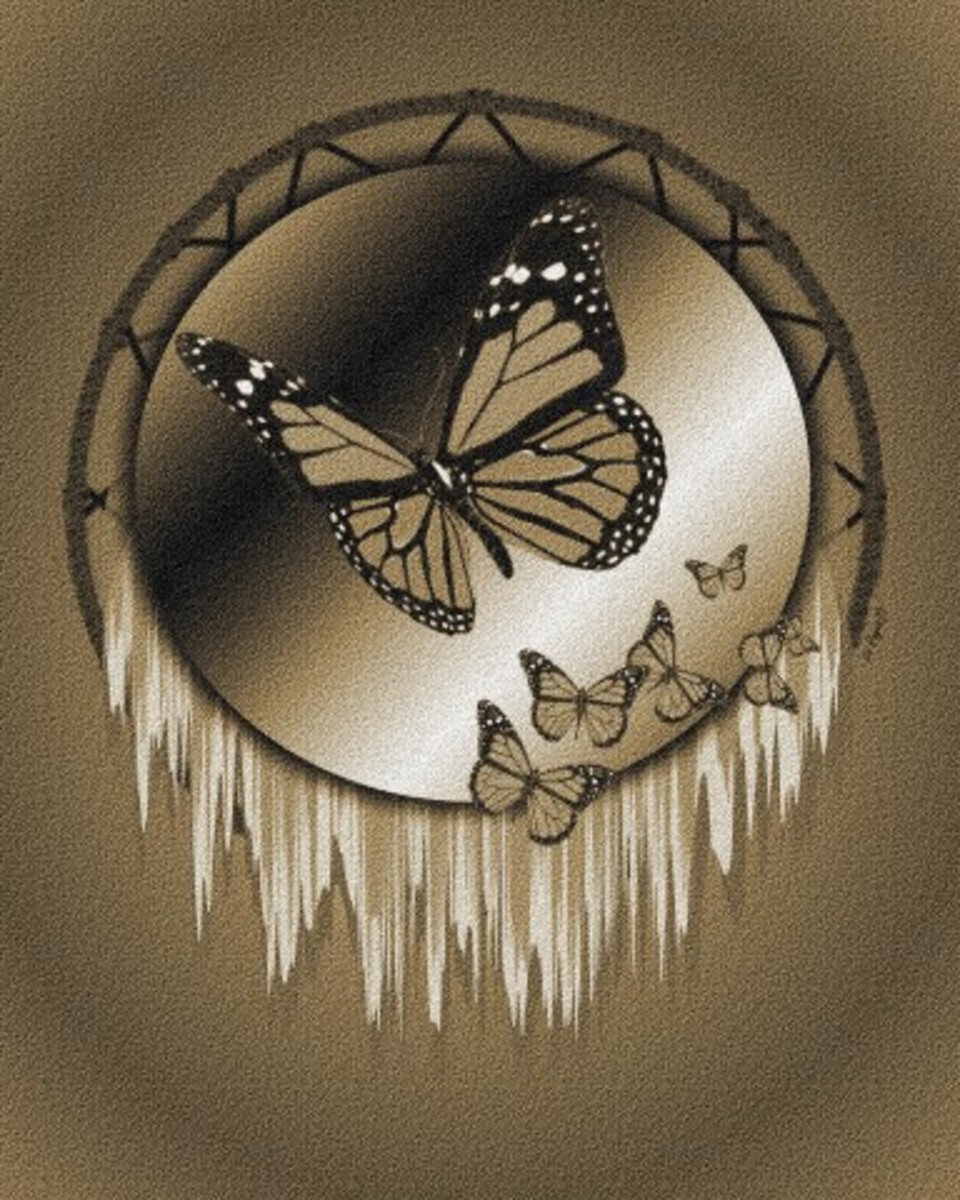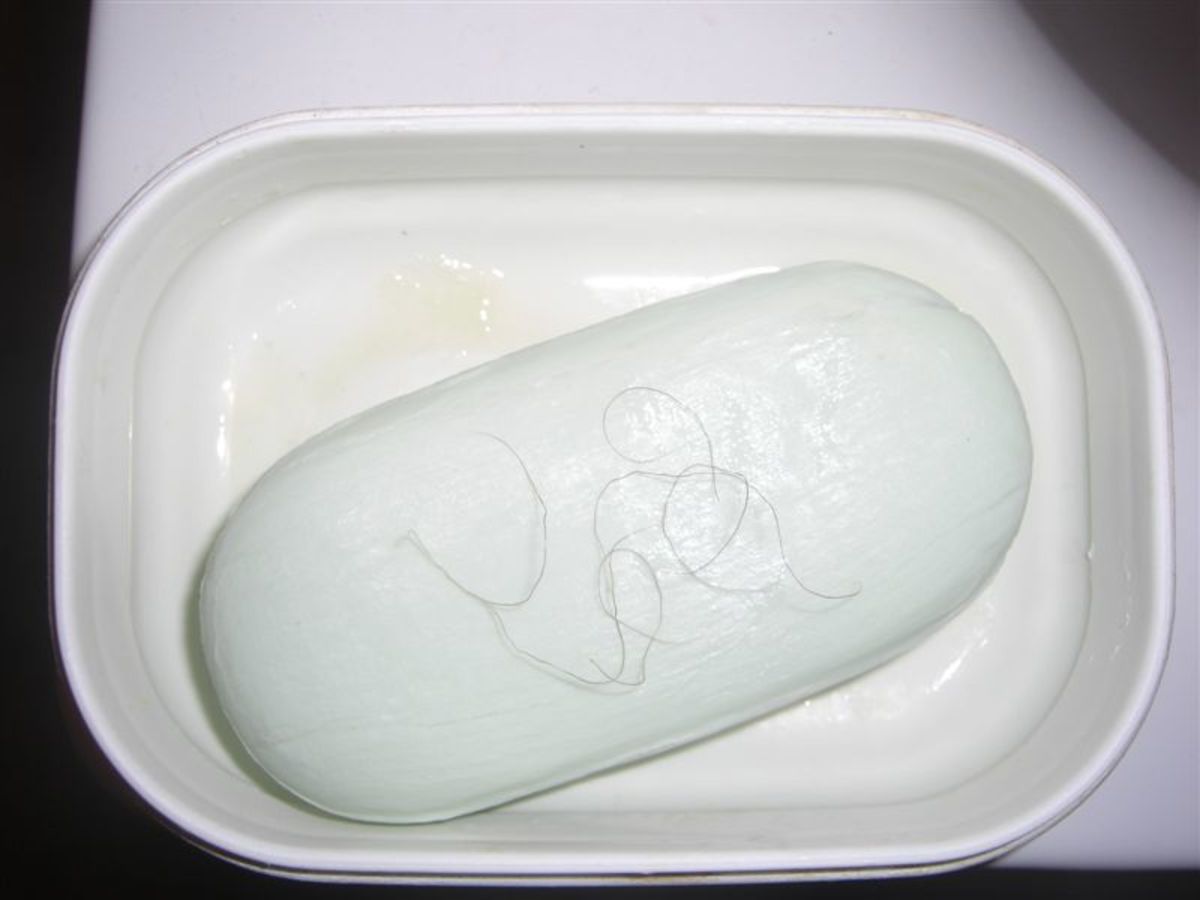Stages of Development - Puberty

Parents of children approaching puberty likely recall this stage of development from their own young adult years, a time of intense changes, both physical and emotional, and may be dreading going through this with their own children.
While first-hand knowledge can be very useful when it comes to parenting, knowing what the “normal” stages of puberty is empowering, too. The American Academy of Family Physicians (AAFP) provides insights into the timeline for development during this stage.
What is Puberty?
The AAFP defines puberty as “a process leading to physical and sexual maturation that involves the development of secondary sexual characteristics as well as growth, changes in body composition and psychosocial maturation.”
Simply put, this is a time, between ages 8 and 14 for girls and 9 and 14 for boys, during which a child’s body undergoes the transition from childhood to adulthood. It sounds simple, but really is a complex process that takes place over a number of years.
Child Development
- Parenting Websites
Parenting tips and resources for parents and family. Find websites and information related to family and children. - Toys and Hobbies
Legos and Educational toys selected by experts in the field of child development. Educational, fun toys from Legos, Lego Sets, Melissa and Doug, Imagiplay and many other high quality child safe brands. - Signs Of Autism
What are the early signs of autism. Autism is a developmental disorder that appears in the first 3 years of life, and affects the brain's normal development of social and communication skills. - Child Development Media
Research-based child development videos, books, and curricula for professional development and parent education.
What are the Stages?
The Tanner stages of puberty are used as milestones in development. Based on breast and pubic hair development in girls, and genitalia and public hair development in boys, this five-stage system is used to mark milestones in development.
In stage 1, the pre-puberty stage, neither boys nor girls have marked pubic hair and girls have only slightly elevated breast tissue. Boys’ testes do not undergo growth, and there is not much development at this stage.
Stage two lasts from about 11.2 to 11.9 years in girls and from 11.9 to 12.3 years in boys. During this stage, girls experience breast bud development and a sparse growth of growth of hair along the labia. Growth is accelerated, and girls grow around three inches per year. Boys will experience a reddening and thinning of the scrotum, testes will grow about 1 inch, and body fat will generally decrease. Boys, too, will develop sparse hair at the base of the penis.
During stage 3, which lasts from about age 12.4 to 12.7 in girls, breast tissue grows beyond the areola in the absence of contour separation, and pubic hair becomes pigmented, curled, and coarser. Girls hit their growth peak velocity at this stage, growing about 3 inches in a year. Boys experience growth of the penis and testes, and also develop more and curlier, thicker hair. Muscle mass increases and boys grow about 3 inches per year at this stage as well.
Stage 4 for girls, between the ages of 13.1 and 13.4 years, is marked by a projection of breast tissue and adult-type pubic hair without spread to the mid-thigh. Growth decelerates at this stage, and slows to about 2.8 inches in a year. Boys continue growth of the penis and glands and also develop adult-type pubic hair. Boys’ growth is at its peak, and they begin to experience voice changes, acne, and development of body hair.
Stage 5, the final stage, last from about 14 and one-half to 16 years in girls, and is marked by adult-type hair and development of adult breast contour. Boys’ stage 5 lasts from about 14.9 to 17 years and at this stage they develop adult genitalia, facial hair, and experience a deceleration and cessation of growth. Muscle mass, however, continues to increase after this stage is complete.
During puberty, girls will experience their first menstruation as well. While the age varies, this physical development should occur during this stage of development.

How Can Parents Help with this Transition?
All of these physical changes can be overwhelming, confusing, and frightening for children, and parents can help ease these transitions by being open and honest in answering their child’s questions, providing age-appropriate information, and assuring their child that all of these developments are a normal part of the process of development toward adulthood.










